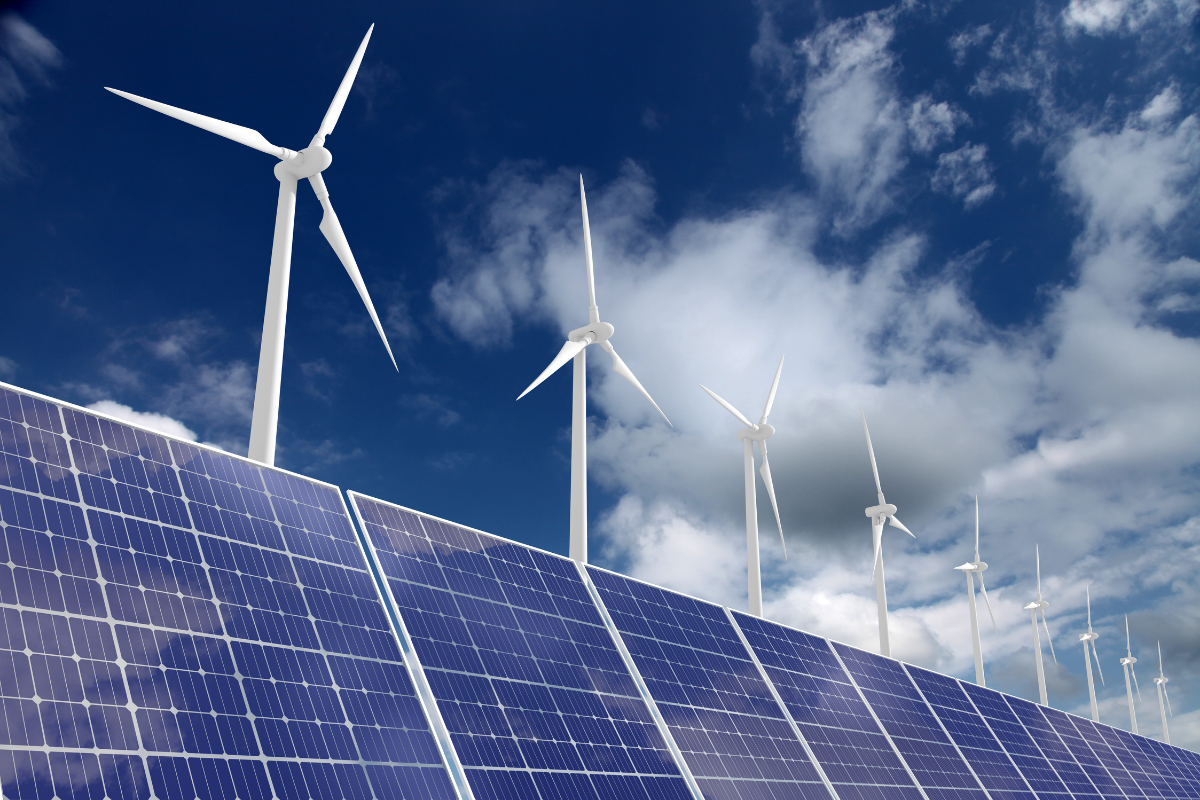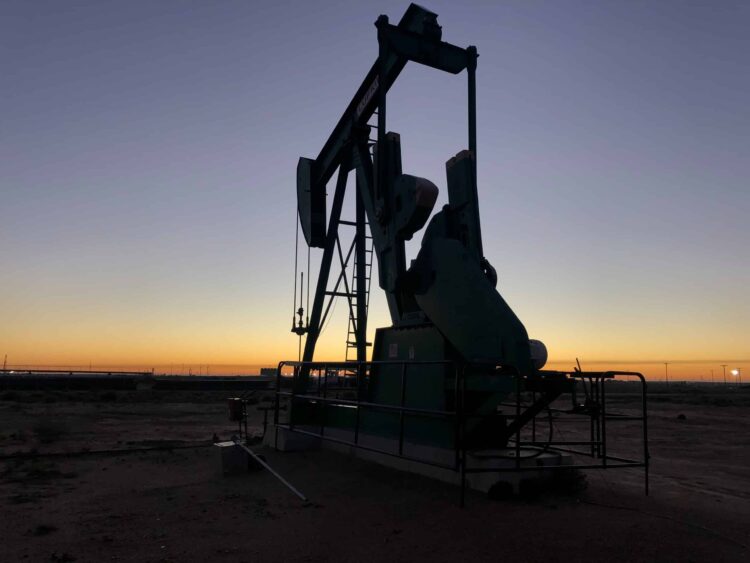Updates to reclamation security requirements for wind and solar energy projects in Alberta
On May 31, 2025, the Code of Practice for Solar and Wind Renewable Energy Operations (the “Code”) came into effect in Alberta.
The Code, which now has the force of legislation, was implemented as a part of broader amendments to the Conservation and Reclamation Regulation (being a regulation made under the Environmental Protection and Enhancement Act), which came into force on January 1, 2025, and established new statutory reclamation and financial security requirements for renewable energy operations.

Among other requirements, the Code requires all solar and wind energy projects in the province to be registered with Alberta Environment and Protected Areas (“AEPA”) and further sets out reclamation security requirements for these projects. The Code contemplates that this reclamation security can be provided either to: (1) AEPA; or (2) to the applicable landowner where the project is located, provided that the Alberta Utilities Commission (the “AUC”) has deemed that the reclamation security is adequate.
All renewable energy operators and developers will have compliance requirements to consider in relation to the new Code, regardless of the status of their projects. Specifically, renewable energy operators and developers will need to determine whether to deliver security to the AEPA or to the landowners of their applicable project sites.
Provision of reclamation security to Alberta Environment and Protected Areas
Amount of security
Where developers opt to submit reclamation security to AEPA, the Code will require developers to also submit a security estimate and to provide security in the following amounts:
- For existing projects (i.e. those projects having received AUC approvals prior to January 1, 2025), not less than 15% of the total estimated reclamation costs as shown in the security estimate
- For all other projects, not less than 30% of the total estimated reclamation costs as shown in the security estimate
In the 15th year following registration of a project with AEPA, the Code requires developers to submit security in an amount not less than 60% of the total of the most recent estimated reclamation costs. This security is to remain in place until a reclamation certificate is issued for the applicable area.
Requirements for security estimates
The Code sets out various requirements for security estimates. Notably, the Code provides that such security estimates must be prepared by a qualified third party (and cannot be prepared by an employee of the operator/developer). The Code also requires that such security estimates include the third-party costs of decommissioning, dismantling, removing and disposing of (or recycling) any surface infrastructure (including substations, collector lines/poles, wind turbines and solar panels). The Code does not expressly allow for the salvage value of those items to be deducted or carved out from the security estimate.
Type/form of security
Developers/operators intending to provide security to AEPA should review section 21 of the Conservation and Reclamation Regulation for a list of permitted forms of security. Common types of security permitted under this section include cash, an irrevocable letter of credit, a performance bond, a surety bond and more.
Provision of reclamation security to landowner
As noted above, the Code allows for reclamation security to be provided to the applicable landowner, provided that the AUC has deemed the security to be adequate.
On June 6, 2025, the AUC released Bulletin 2025-06 (the “Bulletin”), which sets out guidelines for developers who intend to provide reclamation security to landowners (and which applies to wind and solar projects that receive AUC approval after January 1, 2025).
Amount of security
Where reclamation security is to be provided to the landowner, the Bulletin will require developers to submit a security estimate to the AUC and to provide security in an amount not less than 40% of the total estimated reclamation costs as shown in the security estimate. In the 15th year following registration of a project with AEPA, the Bulletin requires developers to submit security in an amount not less than 70% of the total of the most recent estimated reclamation costs. However, the AUC retains discretion to accept security in amounts less than the foregoing; developers who propose to provide less security are asked to explain how the proposed security is “sufficiently protective of the public interest.”
Type/form of security
The AUC further states in the Bulletin that its preferred type of security is an irrevocable standby letter of credit with automatic renewal, obtained from a qualified financial institution (as defined in the Alberta Treasury Board and Finance Guidelines for Letters of Credit: Qualified Financial Institutions). However, the AUC retains discretion to accept different forms of security; developers proposing to provide less protective security are asked to explain why the chosen security is sufficient and how it provides assurance that sufficient funds will be available (including in the case of insolvency).
Where security has previously been provided to landowner
Renewable energy operators/developers who have previously provided security to the applicable landowner should be aware that they will still be required to apply for registration with AEPA. As part of this application for registration, the operator/developer will need to demonstrate that the AUC has deemed this security to be adequate. Accordingly, some operators/developers who have previously provided security to a landowner may be at risk of the AUC deeming that this security is inadequate. In such cases, these operators/developers may be required to provide more stringent security.
Further reading
The Business Renewables Centre has prepared a comparative analysis report which compares the new reclamation security requirements in Alberta to the rules of 27 other jurisdictions. The conclusion of this report is that Alberta’s new reclamation requirements are the most onerous among all of those jurisdictions. In particular, “Alberta’s rules have the highest percentage of security required upfront and do not subtract salvage, or scrap, value from the gross decommissioning cost in determining the security amount.”
Key takeaways
As discussed above, the Code requires all solar and wind energy projects in Alberta to be registered with AEPA and further requires developers to provide reclamation security for these projects either to AEPA or to the applicable landowners.
Where developers have existing land agreements (such as option/lease agreements) for wind or solar energy projects which contemplate the provision of reclamation security to the applicable landowner(s), it is imperative that those developers review these land agreements to ensure that the reclamation security requirements under such agreements are sufficient to meet these new statutory requirements. More broadly, renewable energy operators and developers will need to assess the status of their current projects to determine how to best navigate these new requirements.
For assistance with registering a wind or solar energy project with AEPA, reviewing existing land agreements to ensure compliance with these new requirements, or assessing what compliance will make the most sense for any particular project, please contact a member of our firm’s energy group.
Note: This article is of a general nature only and is not exhaustive of all possible legal rights or remedies. In addition, laws may change over time and should be interpreted only in the context of particular circumstances such that these materials are not intended to be relied upon or taken as legal advice or opinion. Readers should consult a legal professional for specific advice in any particular situation.




